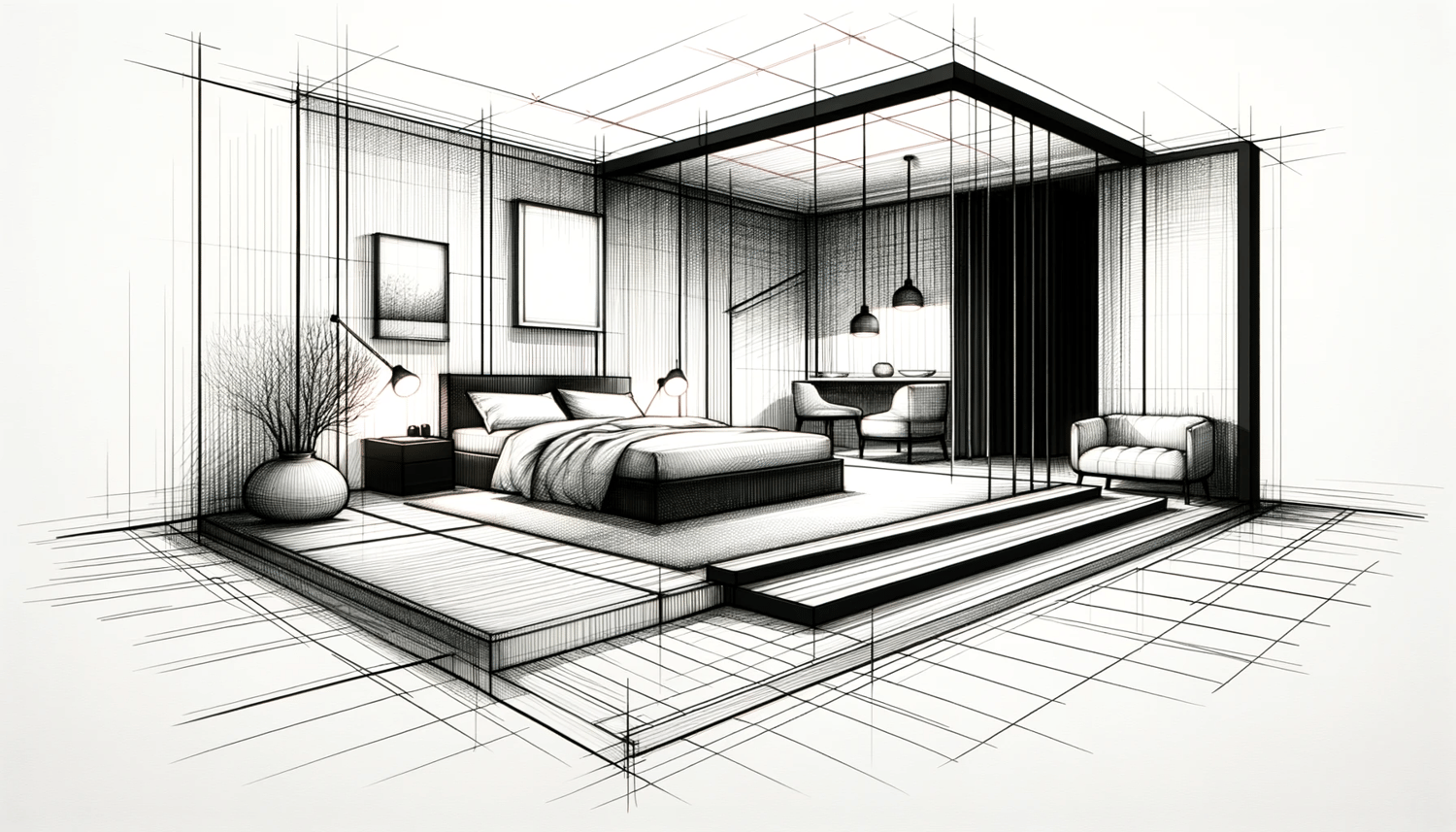In the realm of interior design, minimalism has emerged as a philosophy that emphasizes simplicity, functionality, and clarity. This approach, when applied to the bedroom, can transform it into a sanctuary of peace and sensuality. "Minimalism in the Bedroom: Simplifying for Sensual Experiences" explores how stripping back to essentials in the bedroom can enhance intimacy and create a more profound, sensual experience.
Embracing Minimalism: More Than a Design Trend
Minimalism is more than just an aesthetic; it’s a lifestyle choice that encourages living with less to experience more. In the context of the bedroom, it means decluttering the space, which in turn declutters the mind, paving the way for a more focused and intimate experience.
The Sensual Benefits of a Minimalist Bedroom
- Clarity and Focus: A minimalist bedroom, free of distractions, allows couples to focus more on each other, enhancing emotional and physical connections.
- Stress Reduction: A clutter-free environment is known to reduce stress and anxiety, creating a peaceful ambiance conducive to relaxation and intimacy.
- Enhanced Space and Light: Minimal furniture and decor can make a room feel more spacious and open, which can be inherently soothing and inviting.
- Key Elements of a Minimalist Bedroom Design
- Color Palette: Soft, neutral colors or a monochromatic scheme can create a calming and harmonious environment. Think whites, beiges, or soft grays.
- Furniture: Choose simple, functional pieces. A comfortable bed with clean lines, a nightstand, and perhaps a sleek dresser are often all that’s needed.
- Lighting: Opt for natural light as much as possible. For artificial lighting, consider dimmable lamps to create a soft, ambient glow.
- Textures: Incorporate varied textures through bedding and rugs. Natural materials like cotton, linen, and wool add warmth and comfort to the minimalist decor.
- Art and Decoration: Choose one or two pieces of meaningful art or decoration. A large, serene piece of art or a simple, elegant vase can add a personal touch without overwhelming the space.
Decluttering: The First Step to a Minimalist Bedroom
The journey to a minimalist bedroom begins with decluttering. This process involves removing unnecessary items and keeping only what is essential or brings joy. This step is not just about creating physical space but also about making room for new experiences and connections.
The Role of Technology in a Minimalist Bedroom
While technology offers convenience, it can be a distraction in a bedroom. To maintain a minimalist and sensual atmosphere, limit electronic devices in the bedroom. Consider having a designated area for phones and other gadgets outside the sleeping area.
Sustainable Minimalism: Eco-friendly Choices
Sustainability and minimalism often go hand in hand. Opt for eco-friendly materials and products, which not only minimize environmental impact but also add an element of natural beauty to the bedroom.
Personalizing Your Minimalist Bedroom
Minimalism doesn’t mean devoid of personality. Personal touches like a favorite piece of art, a cherished photograph, or a unique bedspread can make the space feel warm and inviting, reflecting the individual’s or couple’s personality.
The Psychological Impact of a Minimalist Bedroom
A minimalist bedroom can positively impact mental health. It can serve as a tranquil retreat from the chaotic world, providing a space for restorative sleep and intimate connection, free from the overwhelming stimuli of daily life.
Maintaining a Minimalist Bedroom
Maintaining minimalism is about ongoing mindfulness regarding what we bring into our space. Regularly assess the bedroom and make adjustments as necessary to ensure it remains a haven of simplicity and sensuality.
Conclusion
Minimalism in the bedroom is a powerful tool for enhancing sensual experiences. By creating a space that is free from clutter and distractions, we open ourselves up to deeper connections and more meaningful experiences. This design philosophy not only transforms the physical space but also has the potential to enrich relationships and improve overall well-being.


